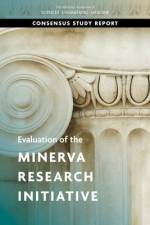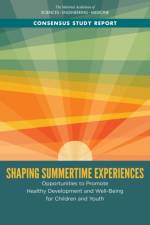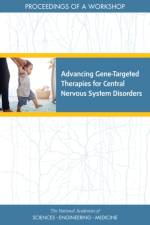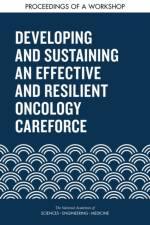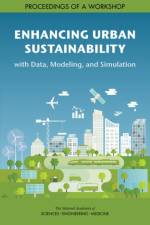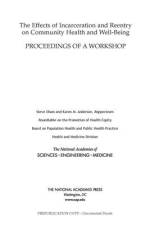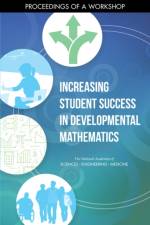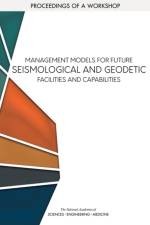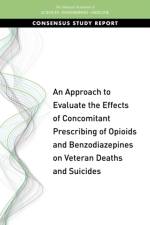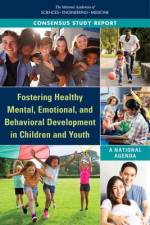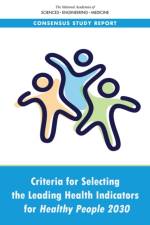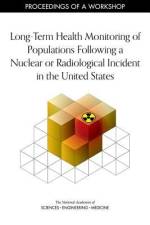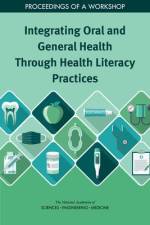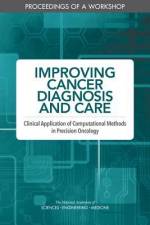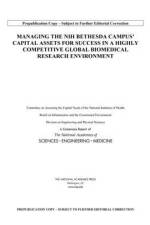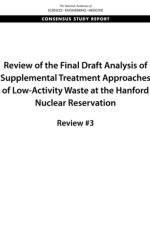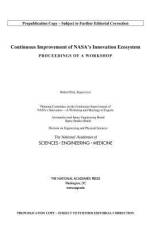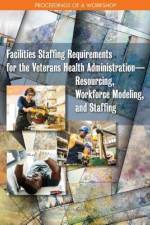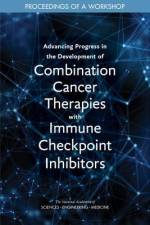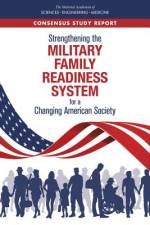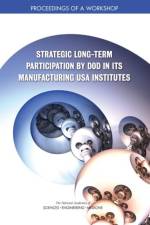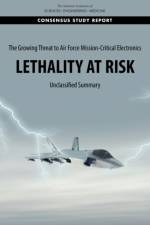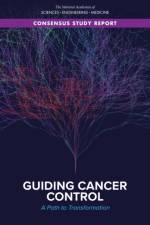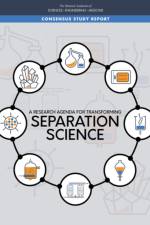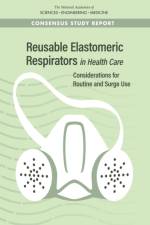av National Academies Of Sciences Engineeri
569,-
For children and youth, summertime presents a unique break from the traditional structure, resources, and support systems that exist during the school year. For some students, this time involves opportunities to engage in fun and enriching activities and programs, while others face additional challenges as they lose a variety of supports, including healthy meals, medical care, supervision, and structured programs that enhance development. Children that are limited by their social, economic, or physical environments during the summer months are at higher risk for worse academic, health, social and emotional, and safety outcomes. In contrast, structured summertime activities and programs support basic developmental needs and positive outcomes for children and youth who can access and afford these programs. These discrepancies in summertime experiences exacerbate pre-existing academic inequities. While further research is needed regarding the impact of summertime on developmental domains outside of the academic setting, extensive literature exists regarding the impact of summertime on academic development trajectories. However, this knowledge is not sufficiently applied to policy and practice, and it is important to address these inequalities. Shaping Summertime Experiences examines the impact of summertime experiences on the developmental trajectories of school-age children and youth across four areas of well-being, including academic learning, social and emotional development, physical and mental health, and health-promoting and safety behaviors. It also reviews the state of science and available literature regarding the impact of summertime experiences. In addition, this report provides recommendations to improve the experiences of children over the summertime regarding planning, access and equity, and opportunities for further research and data collection.

